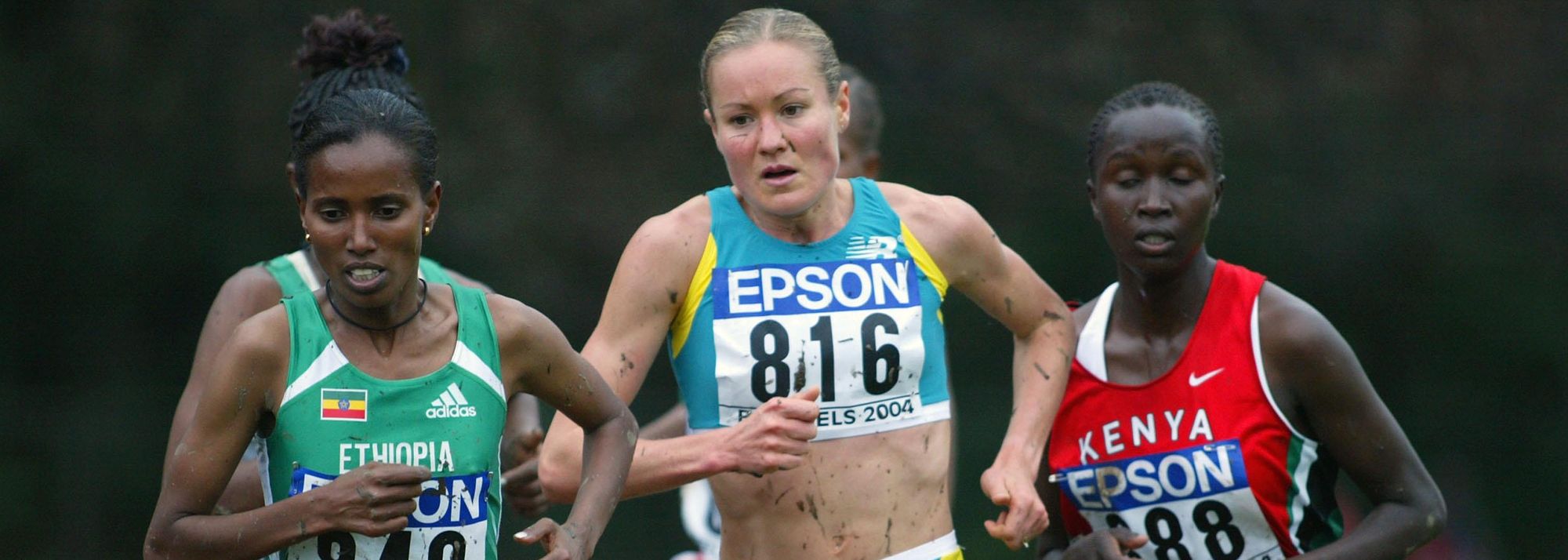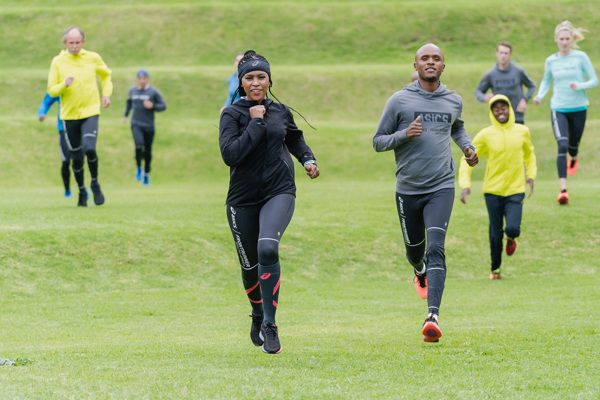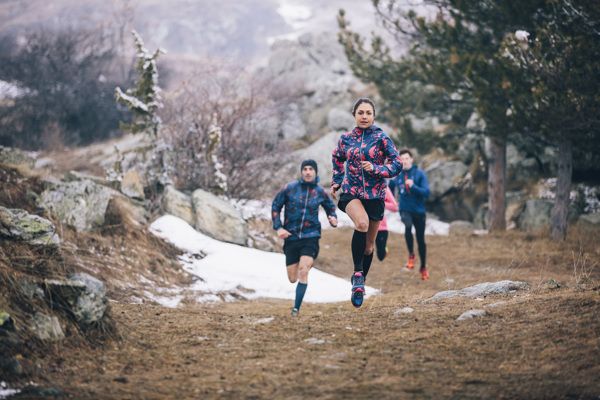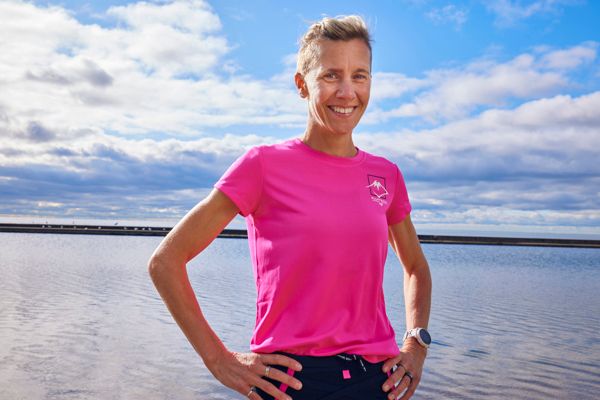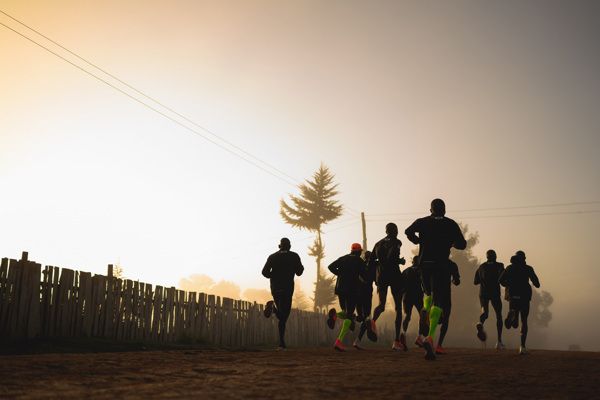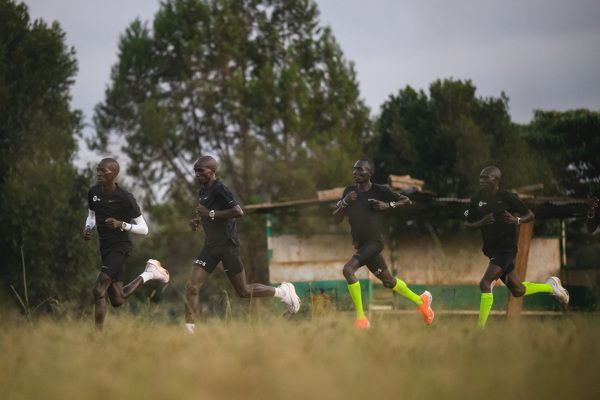Benita Willis (c) en route to the 2004 world cross country long course title in Brussels (© Getty Images)
Three weeks ago, I wrote about the basics of off-season, or winter training. From where I am writing this in the UK, days are short, cold and grey – winter is definitely here! I wrote that article on the basis that the track season takes place during the summer, and the marathon seasons in the spring and autumn, in the northern hemisphere. But what about the southern hemisphere, I hear you ask? Athletics and road running are global sports, but competitions, for example the World Marathon Majors, mostly take place in northern hemisphere countries. If you live in the southern hemisphere and want to compete overseas, planning your preparation becomes a little more complicated.
Periodising training and peaking for competitions are two well-known features of being an athlete or runner. There is a wealth of knowledge available about both, including from coaching giants such as Arthur Lydiard. The former involves carefully prioritising elements such as aerobic training, anaerobic training, total training volume, strength and conditioning, and rest at different times, with the goal of arriving at the day of competition optimally prepared.
Whether your goal is completing your first 5km, becoming a world champion or anything in between, periodising your training over time is a valuable way of organising your efforts in the most efficient and productive way. This need not be complicated. Keeping things simple and maintaining a laser-like focus on your priorities is a good rule of thumb. Often less is more – doing the most you can in a limited amount of training time.
If you are preparing for a competition far away, suddenly things become more complicated. Long-haul travel, a different time zone and weather you are not used to are all new challenges that you’ll have to plan for. While these factors might feel like distractions from the important business of training, they can have a major impact on performance. It is worth spending time and effort getting them right.
Australia’s Benita Willis is one athlete who mastered all this impeccably on the biggest stage of all. She won the World Cross Country Championships senior women’s race in 2004, which was held in Brussels, Belgium. I caught up with her to find out how she planned for this race half-way round the world from her home near Melbourne, Australia.
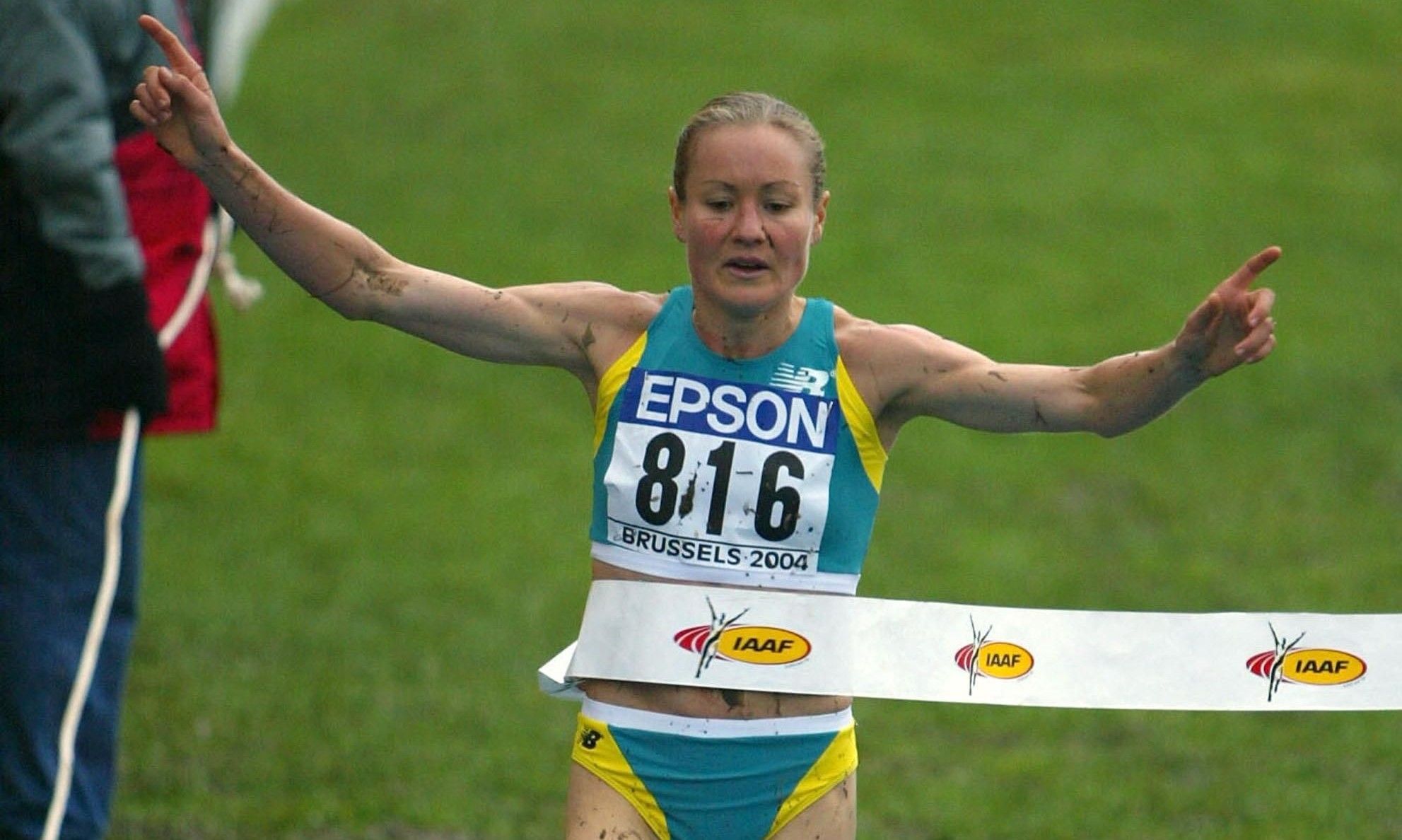
In the months leading up to the World Cross, Willis mostly trained at 1600m altitude in Falls Creek, Australia. There was no track, proper gym or even a big supermarket back then. “It was all very basic – hilly trails with some flat running for sessions. I loved this because it allowed me to really focus on training, rest and recovery without other distractions. For ‘ice baths’ we used cold streams!” she explains.
Willis did three speed sessions and one long run per week, plus easy running. She used two intermediate races, a track 5km in Melbourne, and the Chiba International Cross Country race in Japan, in the weeks before the World Cross to sharpen up. These gave her a lot of confidence as she headed to Brussels.
“I flew into my training base of London, UK, about eight days before race day. I coped best with long haul flights if I arrived in the race time zone at least seven days out. I ran a key session about four to five days out of 4-5 x 1km with 90 seconds slow jog recovery, and flew on to Brussels with three days to go,” she says.
“My advice for coping with travel before competing is to get on to the new time zone as soon as you arrive, and do some light jogging, rather than hard training, in the first few days.”
Top training tips
Willis founded and runs Lace Up Running, a fun and social fitness group based on the Gold Coast and in Brisbane. So I asked Willis what her tips are for recreational runners who are trying to plan their training long-term, for example up to a year ahead.
“My top tip is not to train too hard too soon. Combine walking with running initially until you can run for thirty minutes comfortably before adding in any intensity,” she says. “The key to running long term is to stay injury free in order to progress and stay excited about your running – small steps at first. Looking ahead six to twelve months, having a goal is great as it gives you something to focus on and structure for your training.”
Willis recommends always starting with a small goal such as to finish your first 5km or 10km before going for something harder, like a half marathon, over the following year. “But pick a goal which is meaningful to you – we are all different and get excited about different races and distances.”
Of course, the southern hemisphere is home to some iconic and historic events, including the Comrades Marathon, Sydney’s City2Surf and the Corrida Internacional de Sao Silvestre in Sao Paulo. If you live in the northern hemisphere and are looking for a new and exciting challenge, these races could be for you!
Mara Yamauchi for World Athletics Be Active
